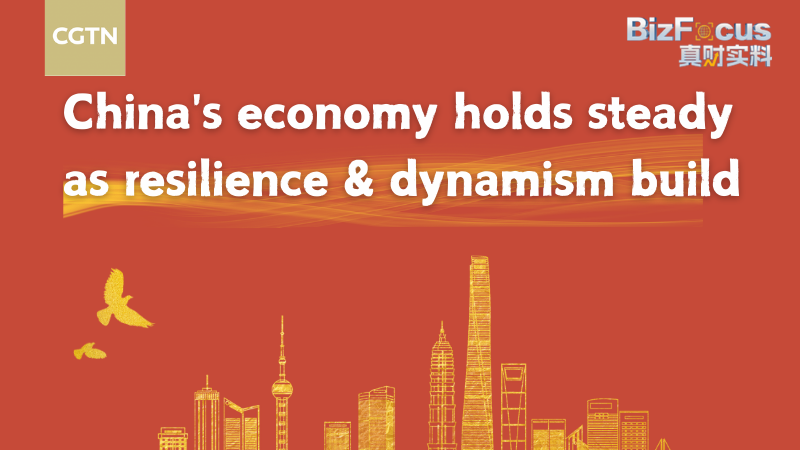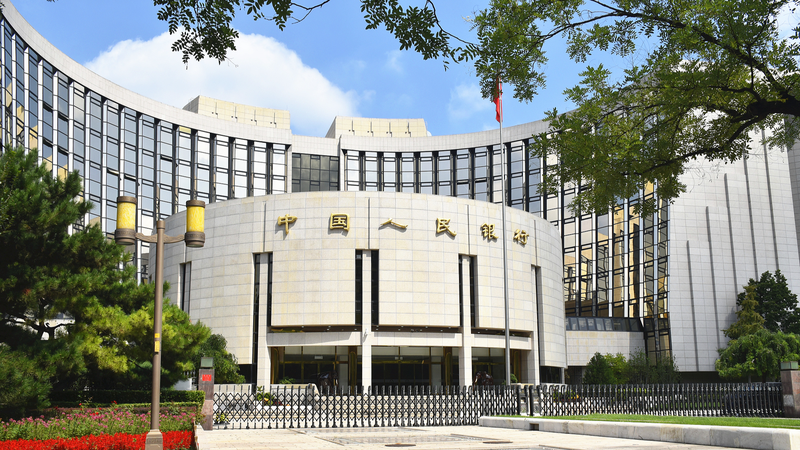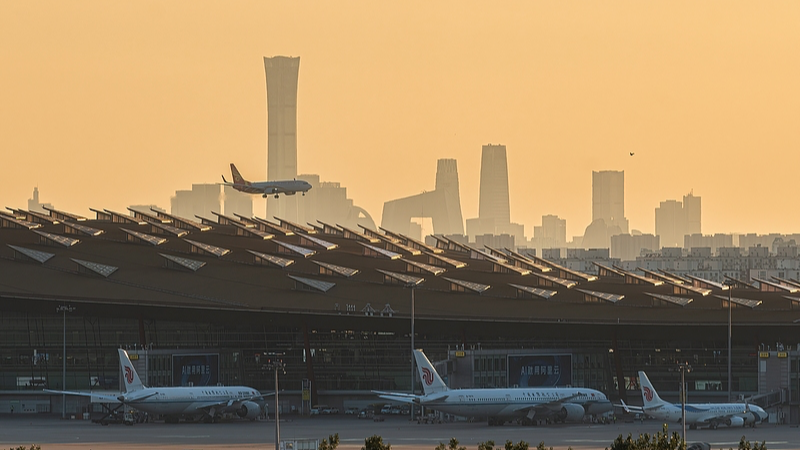With 1.4 billion residents in settings that range from rural villages to megacities, balanced growth stands at the heart of the Chinese mainland's modernization agenda. Tackling regional disparities has become a priority for policymakers looking to ensure inclusive progress across diverse communities.
In a recent episode of CGTN's BizTalk, host Michael Wang sits down with Zhao Yuezhi, professor at the School of Journalism and Communication, Tsinghua University, and Tungamirai Eric Mupona, vice chairman of the China Zimbabwe Exchange Centre. Together, they unpack the Chinese mainland's coordinated regional development strategy and its potential to reshape economic landscapes.
At its core, coordinated regional development aims to weave together the strengths of coastal hubs, central plains, western provinces and northeastern industrial bases. By promoting infrastructure links, digital connectivity and targeted investments, the strategy seeks to narrow the gap between booming cities and underdeveloped rural areas.
Data-driven insights reveal that urbanization rates have climbed steadily, but income and resource distribution still lag in many regions. Zhao highlights the importance of tailored policies, from vocational training in agricultural zones to high-tech incubators in smaller cities, to drive sustainable growth that resonates at the grassroots level.
Mupona brings an international perspective, noting how collaborative models like special economic zones and cross-border corridors can unlock new trade and innovation pathways. His experience underscores the role of partnerships between the Chinese mainland and global stakeholders in fostering win-win outcomes.
As entrepreneurs, changemakers and travelers seek fresh opportunities, the coordinated regional development strategy offers a blueprint for inclusive progress. By bridging gaps and building resilient communities, the Chinese mainland moves closer to a modernization vision that leaves no one behind.
Reference(s):
BizTalk: Bridging gaps with China's coordinated regional development
cgtn.com




